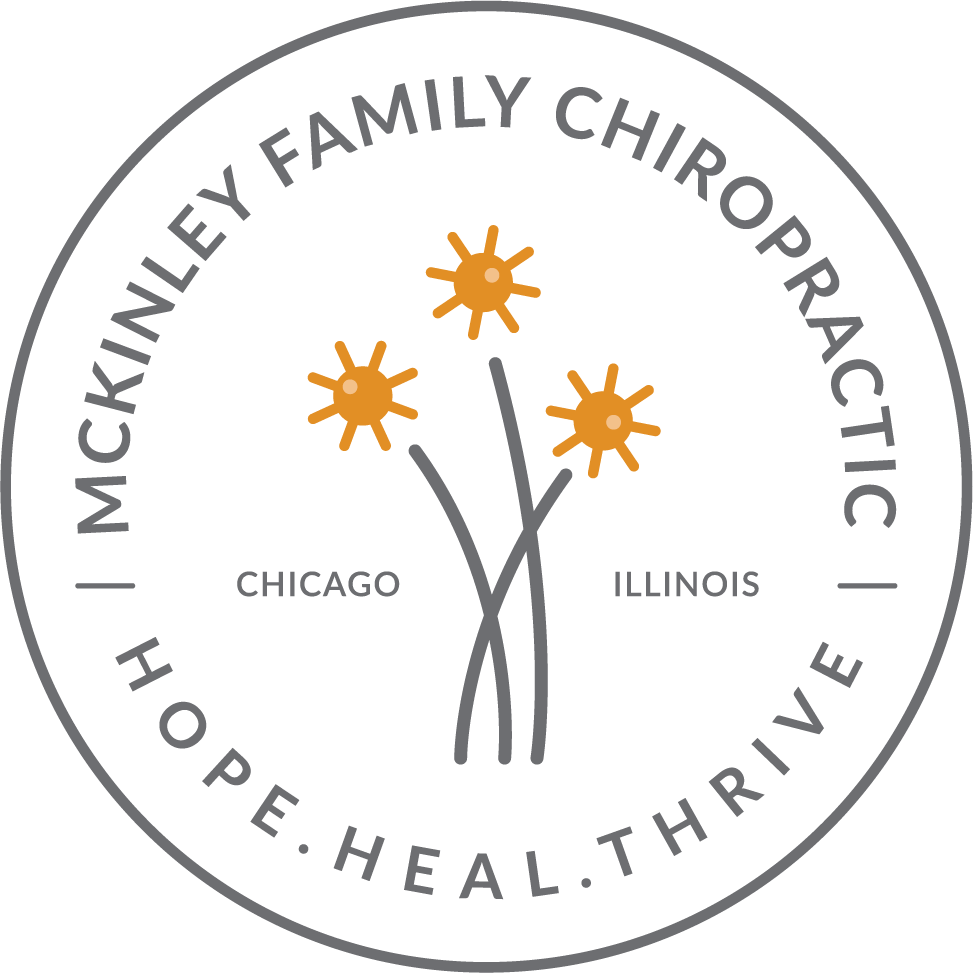by floodlightseo
Share
by floodlightseo
Share
 Those of you who are in the office this week will start to notice a transition of sorts at the front desk. Sarah is officially starting her maternity leave this week. No, this doesn’t mean she has had the baby yet, but she is starting to lessen her time with us in anticipation (she will be stopping in from time to time). We are excited to welcome a (somewhat) new face at the front desk – Monica Rodriguez. Monica (Sarah’s cousin) has been working with us as our Community Relations Director for the past few months; some of you have already worked with her in setting up workshops and screenings at your work or community group. Monica is excited to meet all of you and help you out in all of your scheduling needs. If anyone has billing or financial questions that you would have normally worked with Sarah on you can direct your question to any of our staff or doctors. We have new billing systems coming on-line to help during Sarah’s absence, and if we can’t answer your question on the spot, we will follow up with you within 24 hours. We thank you for your patience.
Those of you who are in the office this week will start to notice a transition of sorts at the front desk. Sarah is officially starting her maternity leave this week. No, this doesn’t mean she has had the baby yet, but she is starting to lessen her time with us in anticipation (she will be stopping in from time to time). We are excited to welcome a (somewhat) new face at the front desk – Monica Rodriguez. Monica (Sarah’s cousin) has been working with us as our Community Relations Director for the past few months; some of you have already worked with her in setting up workshops and screenings at your work or community group. Monica is excited to meet all of you and help you out in all of your scheduling needs. If anyone has billing or financial questions that you would have normally worked with Sarah on you can direct your question to any of our staff or doctors. We have new billing systems coming on-line to help during Sarah’s absence, and if we can’t answer your question on the spot, we will follow up with you within 24 hours. We thank you for your patience.
2011 has been crazy in the office in terms of pregnancy and babies. Not only have Dr. A and Dr. M had babies of their own, and Sarah will soon, but we’ve had over 25 individual practice members give birth! Because of all this I’ve been keeping a extra close eye on the new research and literature coming out regarding pregnancy and birth. The last couple months a couple of articles in the journal Obstetrics and Gynecology have caught my eye. The first is an editorial in the August issue detailing the overuse of C-sections called “How to Stop the Relentless Rise in Cesarean Deliveries.” We’ve talked before about the dangers in the rising rates of C-section, about how they increase the risks to both mom and baby, and how, in many to most cases, they are due to doctor/mother convenience issues or caused by medical intervention in the natural birth process. This article does a great job outlining many of the causes of the rising rates (and why it is bad) and issues one of the first calls to action (by a medical provider in a prestigious journal; midwives, chiros, natural birth advocates having been beating the drum for years) that I’ve seen. Speaking to his colleagues in his own words:
“What the appropriate rate should be for the United States is elusive, but a 50% rate seems too high and would draw common sense criticism from many areas. As of now the problem is ours to solve. If cesarean delivery rates spiral upward, our profession will lose both credibility and the opportunity to determine our direction, as third-party payers and the government will become involved. … The rising cesarean delivery rate is a threat to our profession. Remember that the official statistics on deliveries are always a year or two behind. There is no time for complacency. In my judgment, the best action for our profession is to commit to lower the primary cesarean delivery rate using every practical measure while we are still in control.”
The second article that I found very interesting was in the September issue of the same journal. In it the quality of the evidence behind the clinical guidelines for OB/GYN practice is examined. For those of you who don’t know clinical guidelines are practice guidelines issued by panels made up of “experts” in a profession that outline for a doctor how he should treat/address conditions. The doctor doesn’t have to follow them but he is under pressure from licensing boards, insurance companies, and medical groups such as the AMA and specific specialty groups to do so. These guidelines are the so-called “gold standard” of medical practice.
I’ll give you an example in the real world. As I wrote in the blog post about our birth story, we were recommended to induce labor at 37 weeks due to Pippa measuring in the 8th percentile in size on ultrasound. The doctor who made that recommendation was operating under clinical guidelines which say to induce labor at that point. We didn’t (for a variety of reasons outlined in the birth story) and Pippa was born perfectly normal at 6 lbs 12 oz.
The problem with these guidelines is outlined in the September article. When the researchers look at the total of the guidelines (717 issued dating back to 1999) they found that “Our findings suggest that only a third of the recommendations put forth by the College in their practice bulletins are based on high-quality, consistent scientific
evidence.” When you break it down it even more you see that of the recommendations regarding labor and delivery only 27% regarding treatments (epidural, induction, episiotomy, etc) and 4% regarding delivery (c-section, forceps, vacuum vs vaginal, VBAC) were actually evidence, science based. The others were found to based on limited or no evidence or solely on conjecture or opinion.
What does this mean? For me it means that, when we have uncertainty, we should fall back to the most conservative, safest, most natural option. For us that was to not induce labor at 37 weeks because there was no evidence that there was something wrong. For most women that should mean going into labor naturally and letting it take it’s course – the body knows what it needs. It also tells me that patients need to educate and inform themselves about treatment options that have been given to them, the evidence and science behind those options, and the risks involved.
Again we want to welcome Monica even more into our family here at McKinley Chiropractic, and we can’t wait to meet Sarah’s new little one when he or she decides to make an appearance. Thank you for your patience during this transition and we can’t wait to see you again!
A Lesson on Compound Interest…. Just like investing your money, it is vital to invest in your health, and just like your money, sometimes you won’t see the advancements until you’re further down the line. There is no better time to start than right now. Making small contributions to your health will begin to pay […]
Kick Start Your 2025 with a Solid Routine We hope everyone had a great holiday, but unfortunately, it is time to get back to the real world and all of the fun that comes with it. One of the best ways to do that is by re-establishing a routine. The beginning of the year is […]




